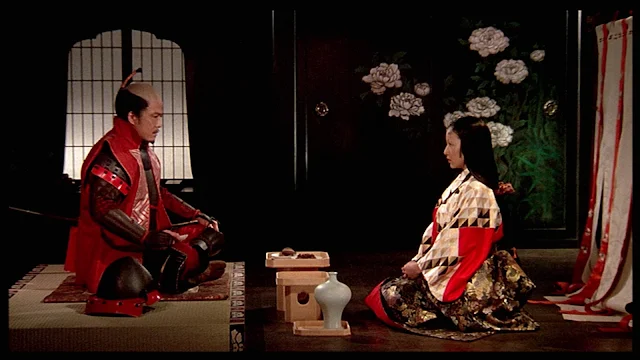 |
| Takashi Shimura in Ikiru |
Takashi Shimura, one of the finest actors in Akira Kurosawa's films, often took a back seat to the more flamboyant and handsome Toshiro Mifune, but he gets a chance to shine on his own in Ikiru. It's a story of growing old, a topic more prominent in the films of Yoshijiro Ozu than in Kurosawa's -- at least until Kurosawa began to age. Shimura's Kanji Watanabe is a bureaucrat with a rather greedy and unloving family who learns that he has terminal stomach cancer and decides that he wants to experience life before he dies. Hedonism doesn't work out for him, so he turns to service to others, particularly the people he has seen over the years shoved around by the bureaucracy of which he is a part. It's a somewhat more satiric film than most of Kurosawa's, but also somewhat more didactic. Nevertheless, it's held together by Shimura's fine performance.





